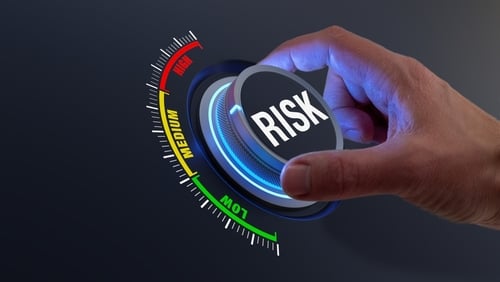The Growing Threat of Fraud in Promotional Marketing: Today’s Challenges and What Brands Must Do

Promotional marketing has long been a powerful tool for brands to engage consumers, drive sales, and build loyalty. From cashback offers and online giveaways to influencer campaigns and coupon codes, promotions have evolved with technology—bringing with them new opportunities and unfortunately, new vulnerabilities. Today, fraud in promotional marketing is a rising concern that not only costs businesses millions, but also erodes consumer trust.
The Changing Landscape of Promo Fraud
In the past, promotional fraud was relatively limited—think of people photocopying coupons or redeeming rebates multiple times. But in the digital age, fraud has scaled dramatically. Tech-savvy fraudsters exploit automation, anonymity, and loopholes in online systems to commit promo fraud on a much larger scale.
Some of the most common types of fraud in today’s promotional marketing include:
- Fake Account Creation (Promo Abuse): Automated bots or fraud rings create thousands of fake accounts to redeem new-user promotions, referral bonuses, or sign-up discounts multiple times. This kind of abuse skews marketing data and inflates customer acquisition costs.
- Coupon and Code Abuse: Discount codes often end up on third-party coupon sites or are shared among users beyond their intended scope. When exclusive or one-time use codes are reused, businesses lose money and fail to track true campaign effectiveness.
- Influencer & Affiliate Fraud: Fake influencers buy followers or engagement to win brand deals, while some affiliates use deceptive tactics (like cookie stuffing or click injection) to claim unearned commissions. These tactics mislead marketers and waste advertising budgets.
- Fake Redemptions and Reimbursements: Fraudsters may submit falsified proof of purchase to claim cashbacks or prizes. In some cases, organized fraud rings target large-scale promotional campaigns with sophisticated tactics.
- Location and Identity Spoofing: Some promotions are geo-restricted or limited to certain demographics. Fraudsters bypass restrictions using VPNs or fake identities, resulting in illegitimate redemptions that violate campaign terms.
Why It's Getting Worse
There are several reasons promotional fraud is becoming more widespread:
- Ease of Access to Tools: From VPNs and bots to AI-generated identities, tools for committing fraud are more accessible than ever.
- Inadequate Safeguards: Many brands rush promotions to market without implementing robust fraud detection systems.
- Data Overload: With massive datasets and omni-channel campaigns, it’s harder than ever for marketers to manually detect anomalies or patterns of abuse.
- Global Scale: Brands running international campaigns face greater risks, as regulations, monitoring systems, and fraud detection vary by region.
The Impact on Brands
The consequences of promotional fraud go beyond immediate financial loss. Reputational damage, poor customer experience, and skewed marketing data can have lasting effects. Moreover, brands may mistakenly penalize or inconvenience legitimate customers when trying to crack down on fraud, leading to trust issues.
According to Juniper Research, businesses are expected to lose over $100 billion to online payment fraud by 2026, a significant chunk of which is linked to promotions and marketing fraud.
How Brands Can Fight Back
Combatting fraud in promotional marketing requires a layered, proactive approach:
Implement Advanced Fraud Detection: Use machine learning and behavior-based analytics to flag suspicious patterns such as excessive redemptions from one IP address or device.
Use One-Time and Personalized Promo Codes: Restrict codes to individual users and limit the number of redemptions per code to minimize widespread abuse.
Add Friction Where Needed: While seamless user experiences are ideal, sometimes adding small friction points (like email or phone verification, captcha, or purchase validation) helps filter out fraudulent users.
Geo-fencing and Device Fingerprinting: These tools can help verify user locations and identify repeat devices attempting to bypass restrictions.
Monitor and Educate Partners: Regularly audit influencer and affiliate campaigns. Work only with verified partners and educate them about compliance and transparency.
Set Clear Terms and Enforce Them: Clearly outline the terms of the promotion and actively monitor for violations. Publicly enforcing rules can serve as a deterrent to would-be abusers.
Final Thoughts
As promotional marketing continues to grow in scale and complexity, so too does the risk of fraud. Businesses can no longer afford to see promotional abuse as a minor nuisance—it’s a serious threat that undermines both profitability and brand integrity.
The good news? With the right blend of technology, strategy, and vigilance, brands can outsmart the fraudsters and ensure that their marketing efforts truly reward the customers they’re meant to reach.
